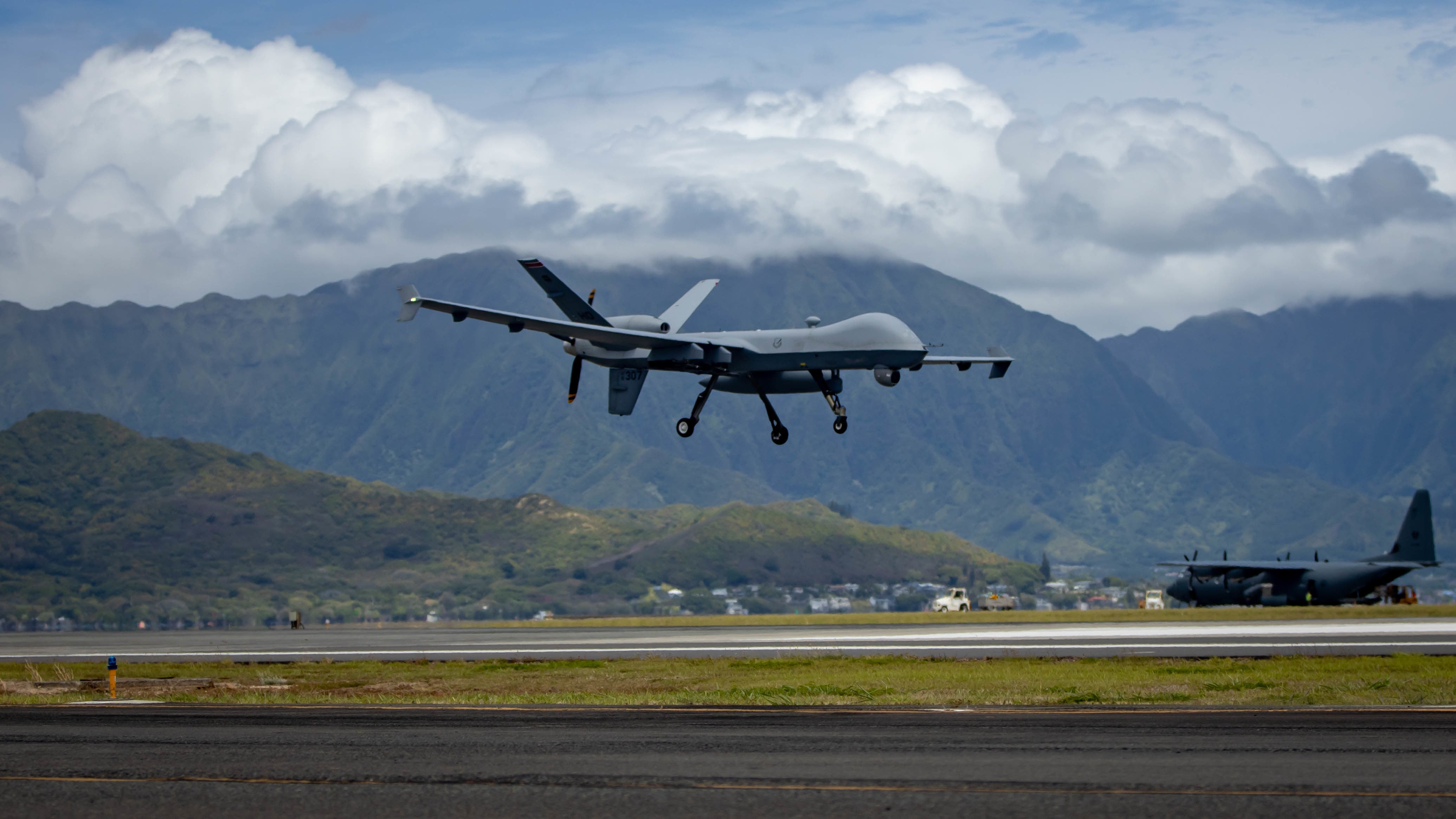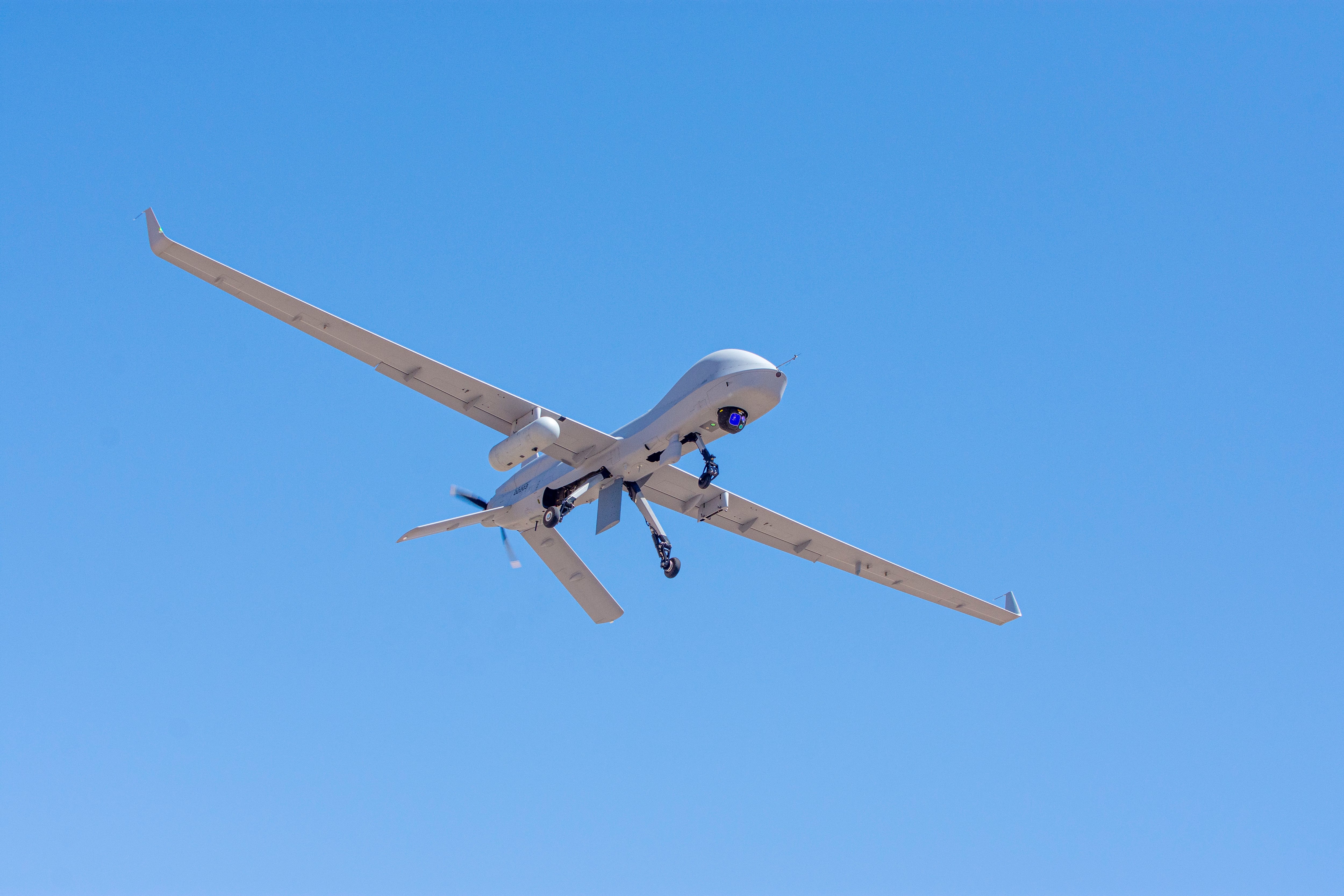WASHINGTON — The failure of Congress to pass a full fiscal 2023 budget on time is hampering the migration of portions of the Project Maven artificial intelligence effort to the Pentagon’s Chief Digital and AI Office, a senior official said.
Project Maven, the Defense Department’s most visible AI tool, is designed to process imagery and full-motion video from drones and other surveillance assets and to detect potential threats. It’s also meant to speed the use of AI across the military.
Congress in September passed a continuing resolution, providing level budgeting through mid-December and averting a shutdown, but also preventing initiatives such as Project Maven’s move from getting funding. The extension provides lawmakers more time to reach an agreement on spending for fiscal 2023, which started Oct. 1.
“That’s really the one thing that has prevented the whole transition, is that CR,” Margaret Palmieri, deputy chief digital and AI officer, said Oct. 25 at a symposium sponsored by the Association of Old Crows, a nonprofit focused on electronic warfare and information operations. “We’re just waiting to go through that process.”
“We’ll see how Congress reacts,” she added. “We always appreciate on-time appropriations. That allows us to keep our transition plans on track.”
RELATED

Project Maven began under the Office of the Under Secretary of Defense for Intelligence and Security. It is now being divvied up, amid a concerted push by the Defense Department to study, test and more effectively apply AI on the battlefield and behind the scenes. Its capabilities were among the several automatic or aided target-recognition solutions tested at previous Project Convergence experiments run by the Army.
Officials this year confirmed Project Maven would be reapportioned. In April, Vice Adm. Robert Sharp, then-director of the National Geospatial-Intelligence Agency, said his team would take over operational control, including “responsibility for labeled data, AI algorithms, test and evaluation capabilities, and the platform.”
Pieces not associated with GEOINT work are expected to shift to the Chief Digital and AI Office, which was operating at full capacity as of June.
“I will say that the teams are up and running at NGA, they are ready to go. We are excited to see what they’re putting together. We have conversations with them pretty frequently,” Palmieri said Tuesday. “The pieces of Maven that have been just revolutionary have been in the computer vision space, and specifically on [the] GEOINT type of capabilities.”
The geospatial agency, in charge of processing and analyzing satellite imagery, among other tasks, has been intimately involved with Project Maven since 2017.
Colin Demarest was a reporter at C4ISRNET, where he covered military networks, cyber and IT. Colin had previously covered the Department of Energy and its National Nuclear Security Administration — namely Cold War cleanup and nuclear weapons development — for a daily newspaper in South Carolina. Colin is also an award-winning photographer.








